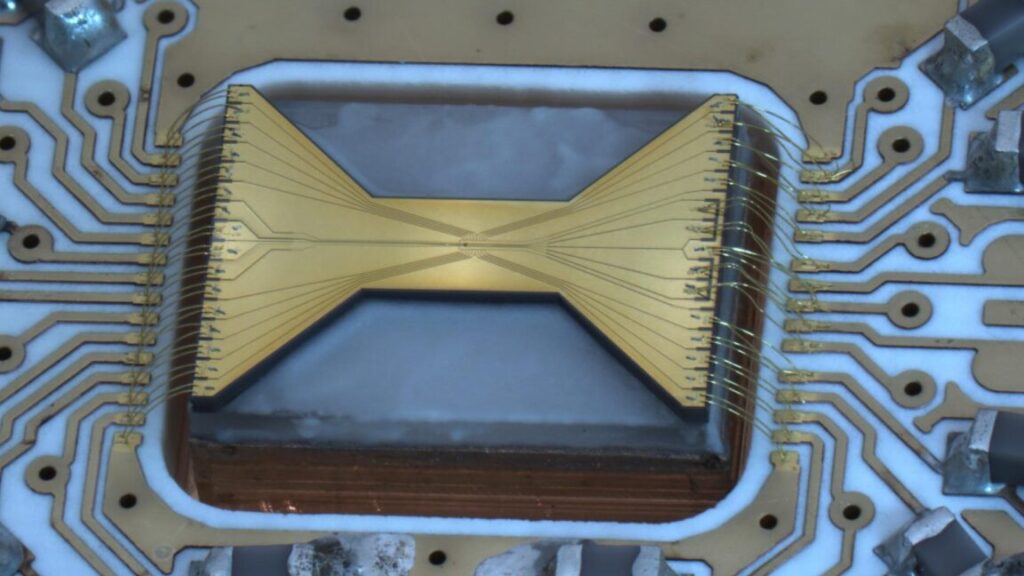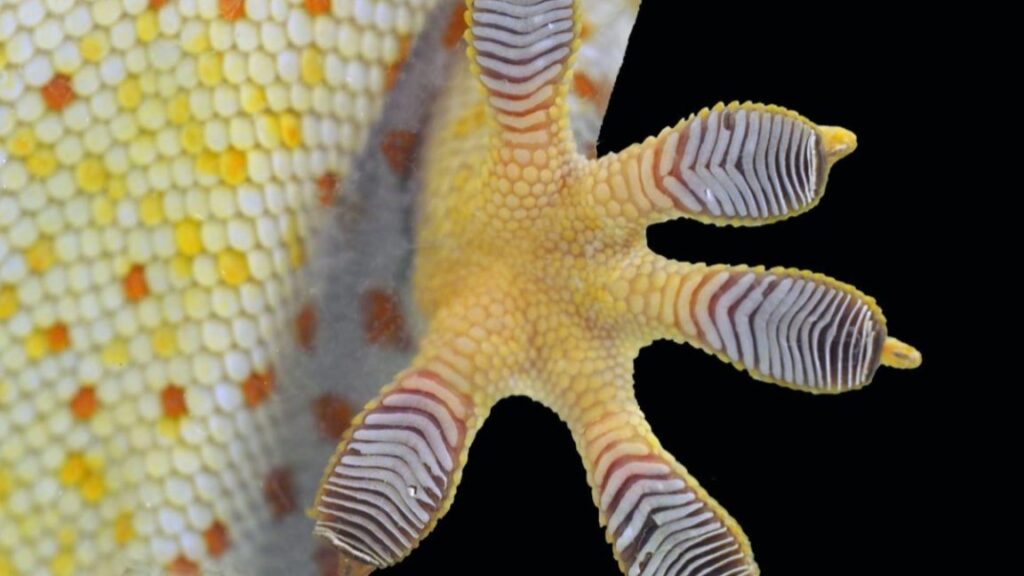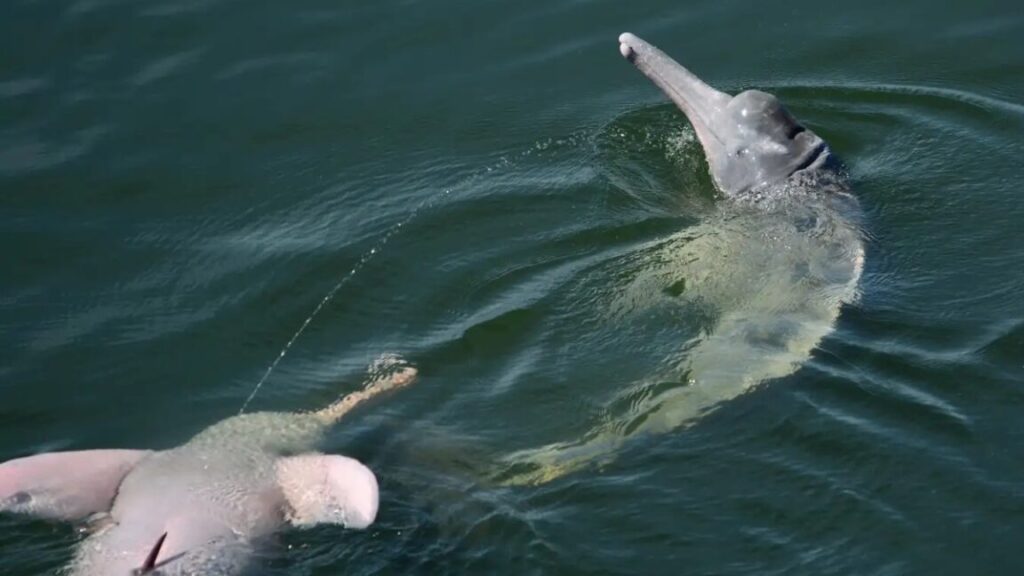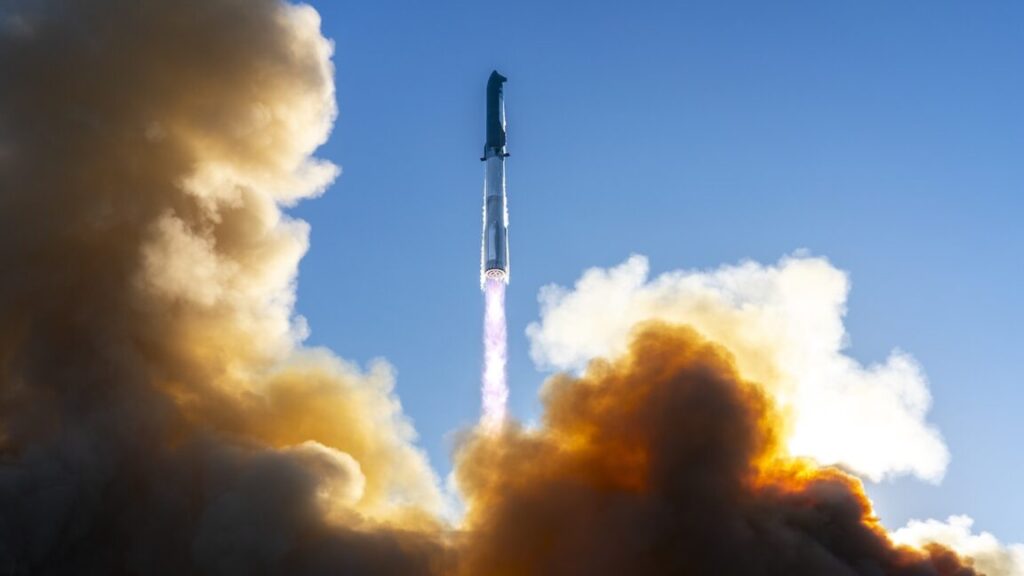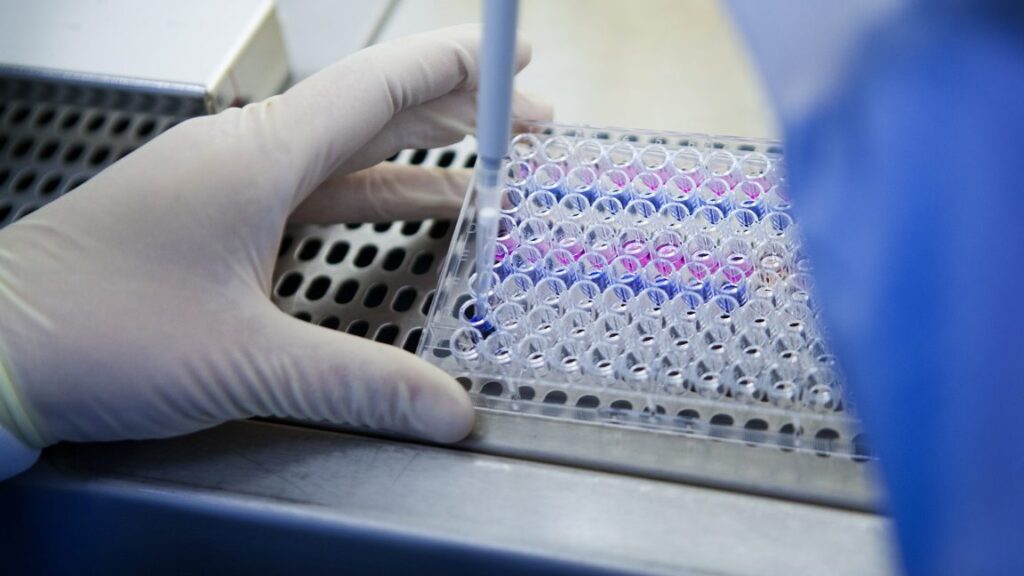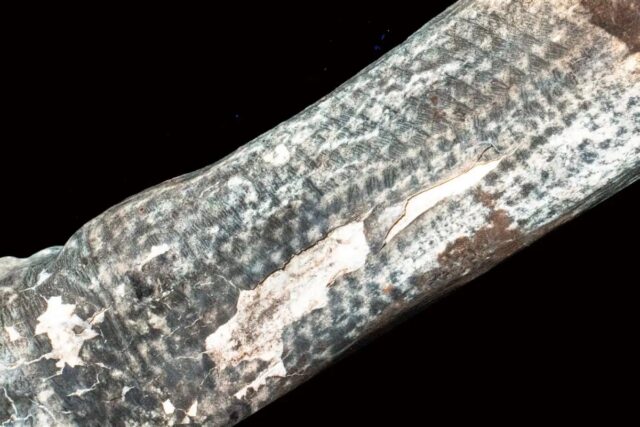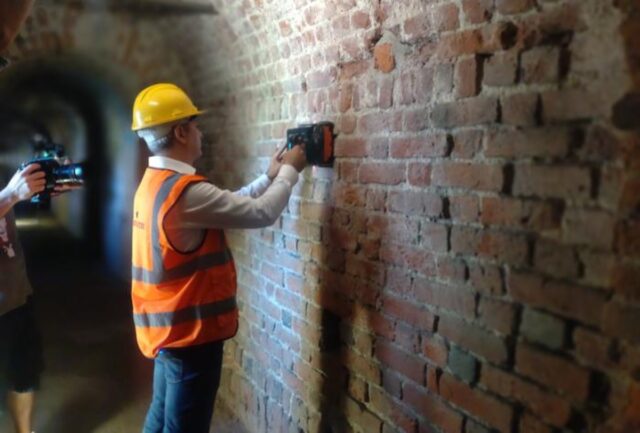White House budget proposal could shatter the National Science Foundation
The president proposes, and Congress disposes
There are important caveats to this proposal. The Trump administration has probably not even settled upon the numbers that will go into its draft budget, which then goes through the passback process in which there are additional changes. And then, of course, the budget request is just a starting point for negotiations with the US Congress, which sets budget levels.
Even so, such cuts could prove disastrous for the US science community.
“This kind of cut would kill American science and boost China and other nations into global science leadership positions,” Neal Lane, who led the National Science Foundation in the 1990s during Bill Clinton’s presidency, told Ars. “The National Science Foundation budget is not large, of the order 0.1 percent of federal spending, and several other agencies support excellence research. But NSF is the only agency charged to promote progress in science.”
The National Science Foundation was established by Congress in 1950 to fund basic research that would ultimately advance national health and prosperity, and secure the national defense. Its major purpose is to evaluate proposals and distribute funding for basic scientific research. Alongside the National Institutes of Health and Department of Energy, it has been an engine of basic discovery that has led to the technological superiority of the United States government and its industries.
Some fields, including astronomy, non-health-related biology, and Antarctic research, are all almost entirely underwritten by the National Science Foundation. The primary areas of its funding can be found here.
White House budget proposal could shatter the National Science Foundation Read More »








